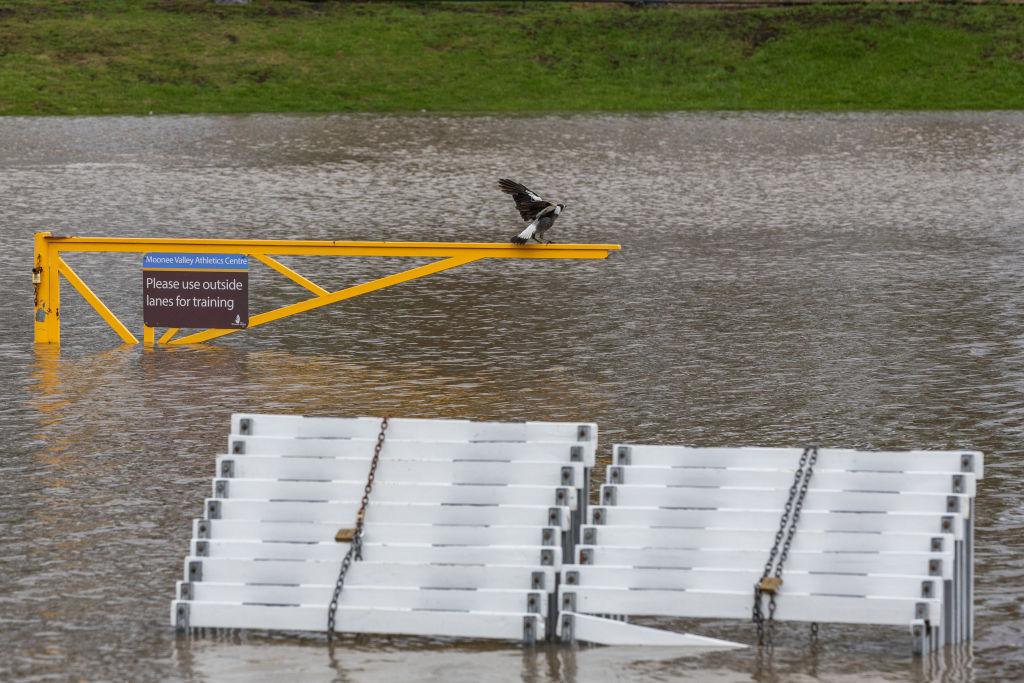Floods, fires and cyclones have taken enormous social, economic and environmental tolls on Australia. The State of Weather and Climate Extremes 2023 report looks at 11 major incidents.
1. Ex-cyclone floods the Kimberley:

Floods, fires and cyclones have taken enormous social, economic and environmental tolls on Australia. The State of Weather and Climate Extremes 2023 report looks at 11 major incidents.
1. Ex-cyclone floods the Kimberley: